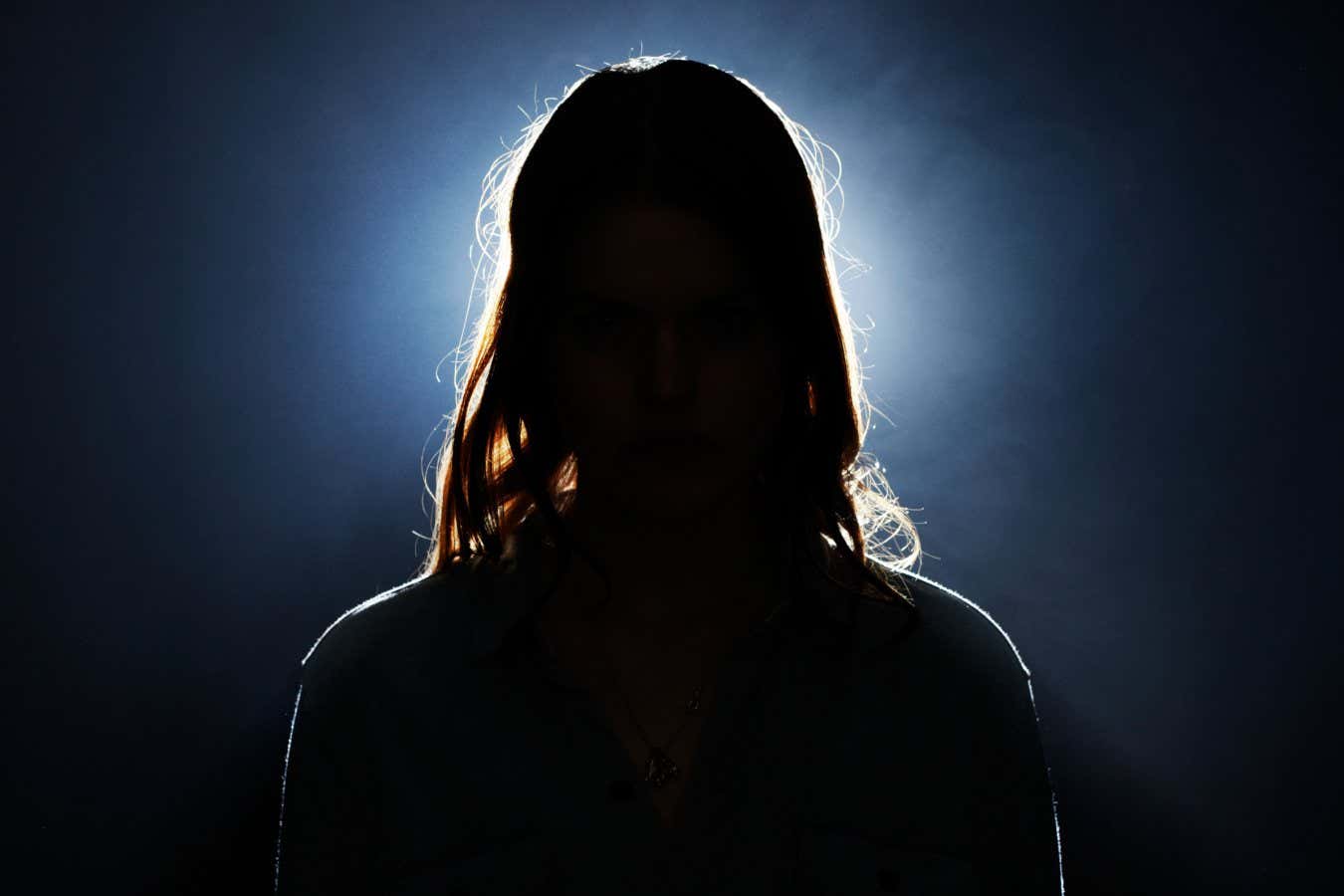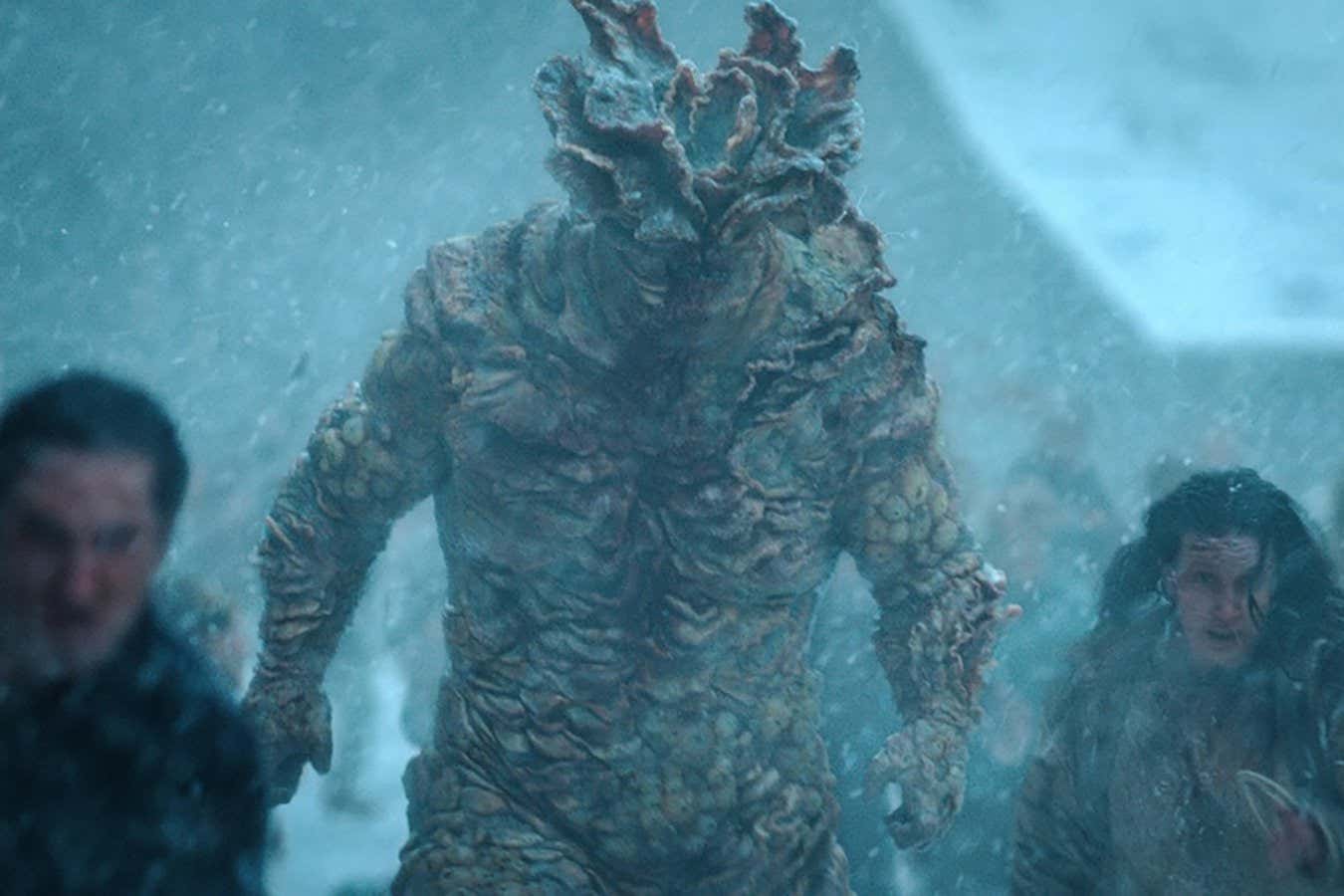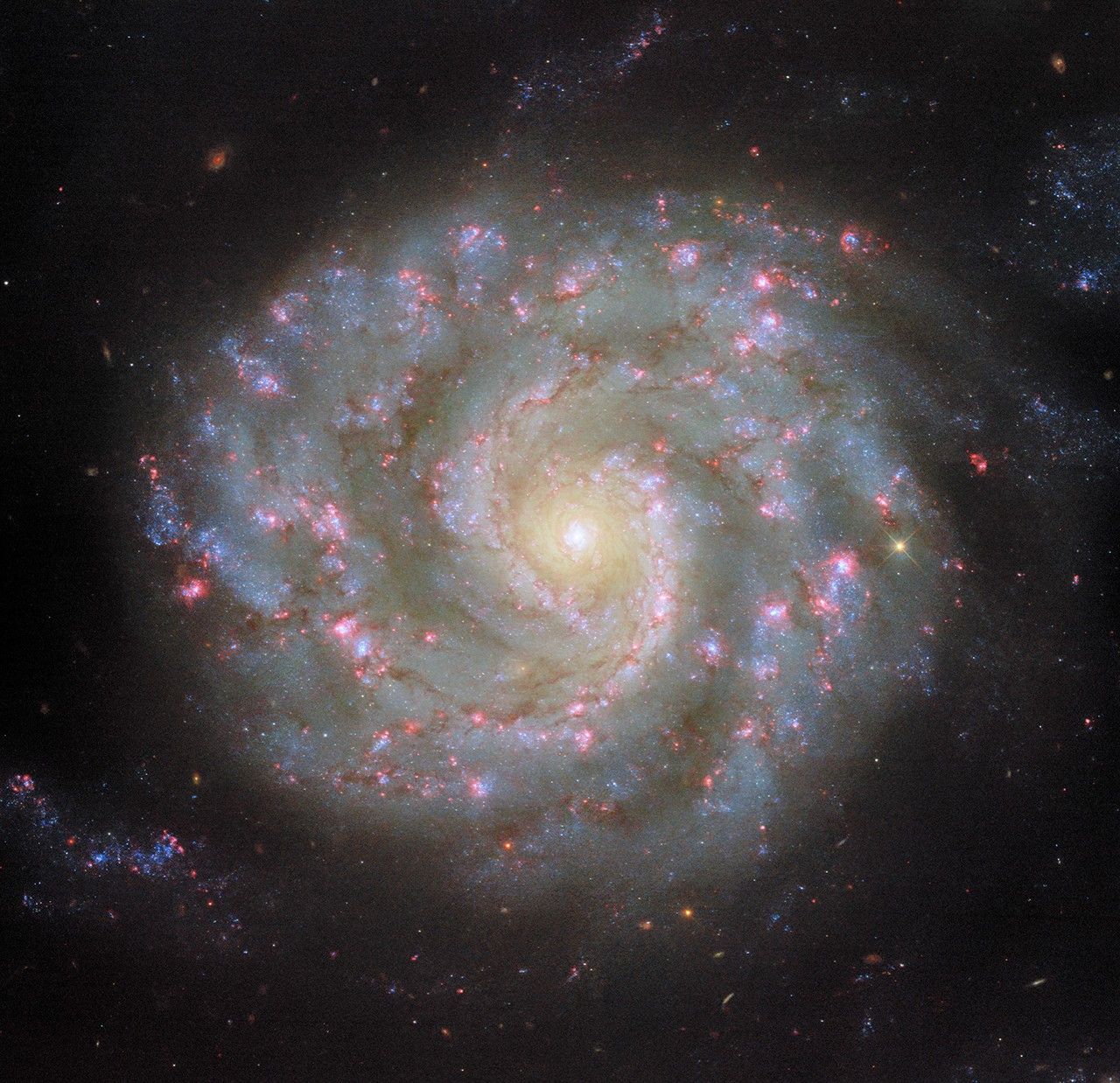Now Reading: Scientists Uncover Faint Bioluminescence in Living Beings, Vanishing at Death
-
01
Scientists Uncover Faint Bioluminescence in Living Beings, Vanishing at Death
Scientists Uncover Faint Bioluminescence in Living Beings, Vanishing at Death

Quick Summary:
- Scientific Finding: All living organisms, including humans, emit a faint glow known as “biophotons,” which ceases at the time of death.
- Source of Biophotons: This glow is linked to cellular processes in mitochondria and other energy-producing structures within cells.
- Potential Applications: Monitoring biophoton emissions could be useful for tracking forest health or detecting diseases.
!campaign=RSS%7CNSNS&utmsource=NSNS&utmmedium=RSS&utm_content=home”>Read More
Indian Opinion Analysis:
This finding highlights profound insights into life processes and offers potential applications across diverse fields. Biophoton monitoring may help identify environmental challenges such as deforestation or track ecosystem health, offering tools for conservation efforts that are especially relevant given India’s biodiversity-rich ecosystems. for healthcare, advances in related technologies could eventually allow diagnostics beyond conventional imaging methods-a promising development for India’s healthcare sector aiming to improve access in remote regions. While the research remains experimental, such techniques align well with global scientific pursuits aimed at understanding life and addressing ecological concerns.



























